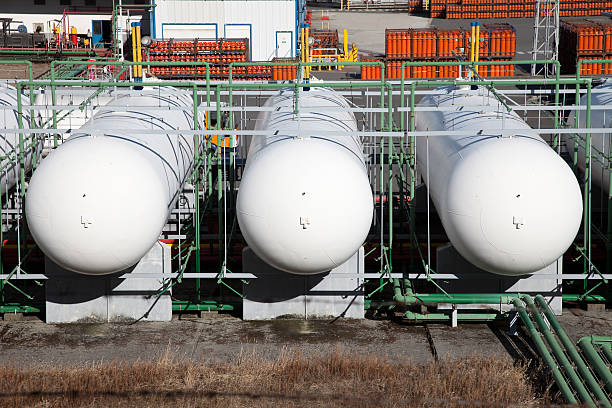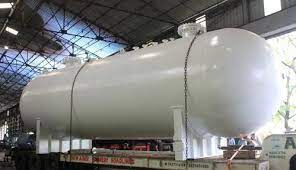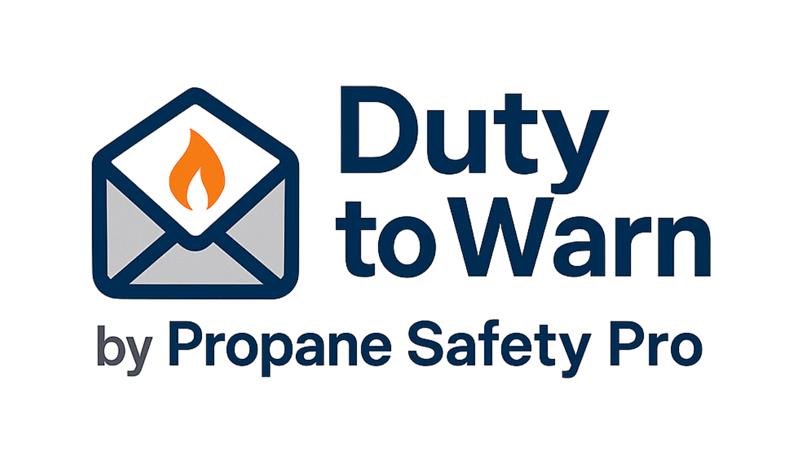Analysis: Propane Market Trends and Pricing Outlook for Summer 2023

The propane market has experienced notable fluctuations recently, with prices reminiscent of the lows observed in November 2020 during the height of the COVID-19 pandemic. As the summer solstice marks a turning point, it is helpful to examine the factors that influence propane prices moving forward.
While no single factor can entirely predict price direction, there are still significant indicators such as Belvieu prices, record exports, domestic demand, and global economic conditions that provide insights into the propane market and its potential trajectory.
Belvieu Prices and Historical Comparisons
Presently, Belvieu propane prices hover only marginally higher than the lowest price levels observed over the past two decades. Specifically, they stand at approximately $0.25 to $0.33 per gallon above the historical marks set in previous years, including $0.229 in March 2020, $0.308 in January 2016, and $0.287 in January 2002. Examining these historical benchmarks provides valuable context for evaluating the current pricing landscape.
Record Exports, Domestic Supply, and Demand Dynamics
The United States is a significant exporter of propane, surpassing domestic consumption. While export demand traditionally plays a critical role in shaping propane prices, it is important to recognize that even record export levels cannot solely determine market direction when there is a combination of robust domestic supply and weak domestic demand.
When comparing export demand and domestic supply to the previous year, both indicators show modest increases of 6 to 8 percent. Consequently, their influence on price movement balances out. The differentiating factor contributing to larger-than-expected inventory builds is underwhelming domestic consumption. The actual demand calculations indicate a 15 percent decline in domestic consumption compared to the previous year.
The decrease in domestic consumption can be attributed, in part, to reduced petrochemical demand for propane, especially concerning its usage relative to ethane. The preference for ethane as a feedstock during the recent decline in plastics demand, coupled with broader economic conditions, has led to a significant drop in petrochemical demand for propane. Moreover, U.S. industrial production has remained stagnant compared to the previous year, with manufacturing activity experiencing a downward trend over the past seven months.
Anticipating Future Trends
Future propane price movements will depend on two scenarios. A resurgence in world economies could create a robust demand environment. Alternatively, U.S. shale producers may curtail production to align with market demand and maintain acceptable profit margins.
Recent Market Trends and Inventory Analysis
Current propane prices stand at approximately $0.56 per gallon, slightly below the average for the month. Notably, the latest Baker Hughes report indicates a continuous decline in U.S. oil and gas rig counts, including those in the prolific Permian Basin. This decline in rig activity is expected to impact supply dynamics and potentially contribute to tighter supply conditions.
Regarding inventory levels, the week ending June 16, 2023 witnessed a modest build of 1.5 million barrels (MMbbl) in U.S. propane inventories, falling short of industry expectations.
 National inventory levels now sit at 76.9 MMbbl, representing a 43 percent increase compared to the previous year and a 27 percent surplus relative to the five-year average. PADD 2 (Midwest/Conway) inventories experienced a minimal increase of 0.1 MMbbl, reaching 19.1 MMbbl, nearly 21 percent higher than last year. PADD 3 (Gulf Coast/Belvieu) inventories, on the other hand, observed a build of 1.6 MMbbl, amounting to approximately 59 percent more than the previous year.
National inventory levels now sit at 76.9 MMbbl, representing a 43 percent increase compared to the previous year and a 27 percent surplus relative to the five-year average. PADD 2 (Midwest/Conway) inventories experienced a minimal increase of 0.1 MMbbl, reaching 19.1 MMbbl, nearly 21 percent higher than last year. PADD 3 (Gulf Coast/Belvieu) inventories, on the other hand, observed a build of 1.6 MMbbl, amounting to approximately 59 percent more than the previous year.














